Classic cars often evoke a sense of nostalgia and timeless appeal. Yet, not all vintage vehicles live up to their legendary status. Some were plagued by mechanical issues, poor design choices, or simply failed to deliver the performance and reliability expected of them. Here’s a look at ten popular car classics that didn’t quite meet the hype.
DeLorean DMC-12
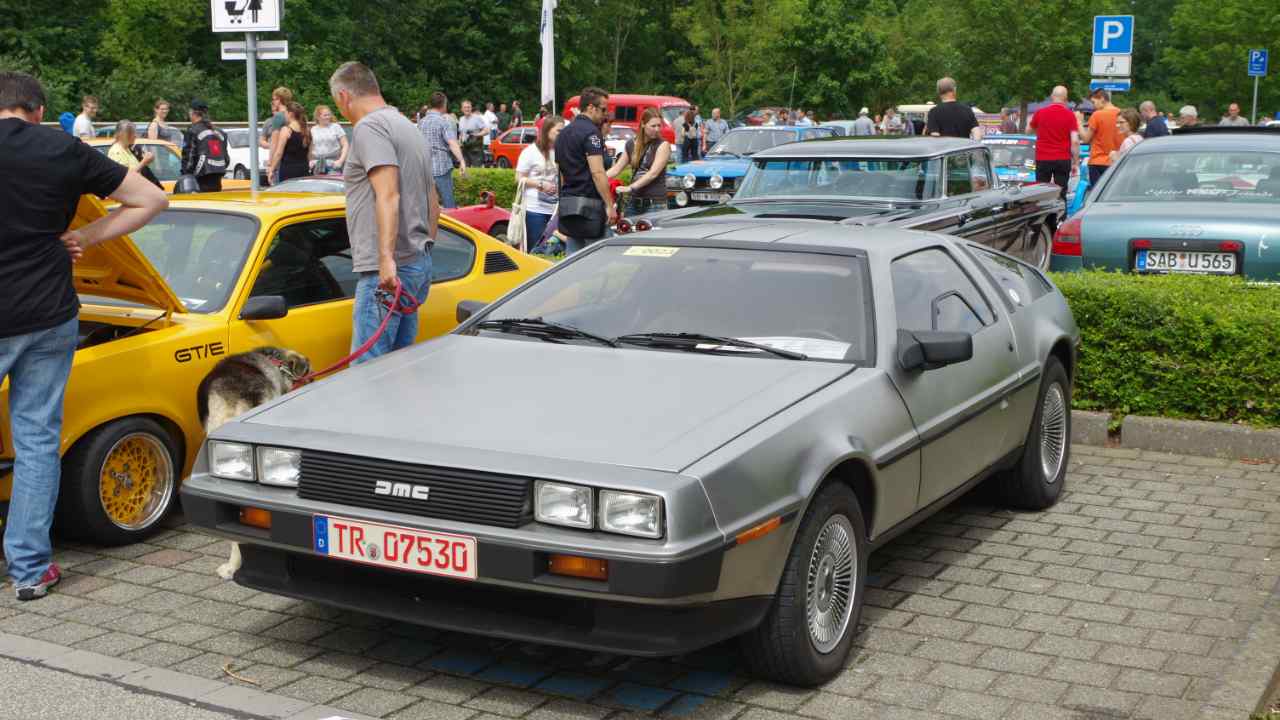
The DeLorean DMC-12 gained iconic status thanks to its starring role in the “Back to the Future” movie series. However, the car itself was fraught with issues. Its stainless steel body and gull-wing doors were visually striking but added unnecessary weight, affecting performance. Under the hood, the 2.85-liter V6 engine was underwhelming, producing just 130 horsepower, which did little to excite driving enthusiasts of the early 1980s.
Production delays and financial troubles plagued the DeLorean Motor Company, leading to only about 9,000 units being produced between 1981 and 1982. While the DMC-12 remains a cult classic, its mechanical shortcomings and the company’s swift downfall overshadowed its futuristic design.
Ford Pinto
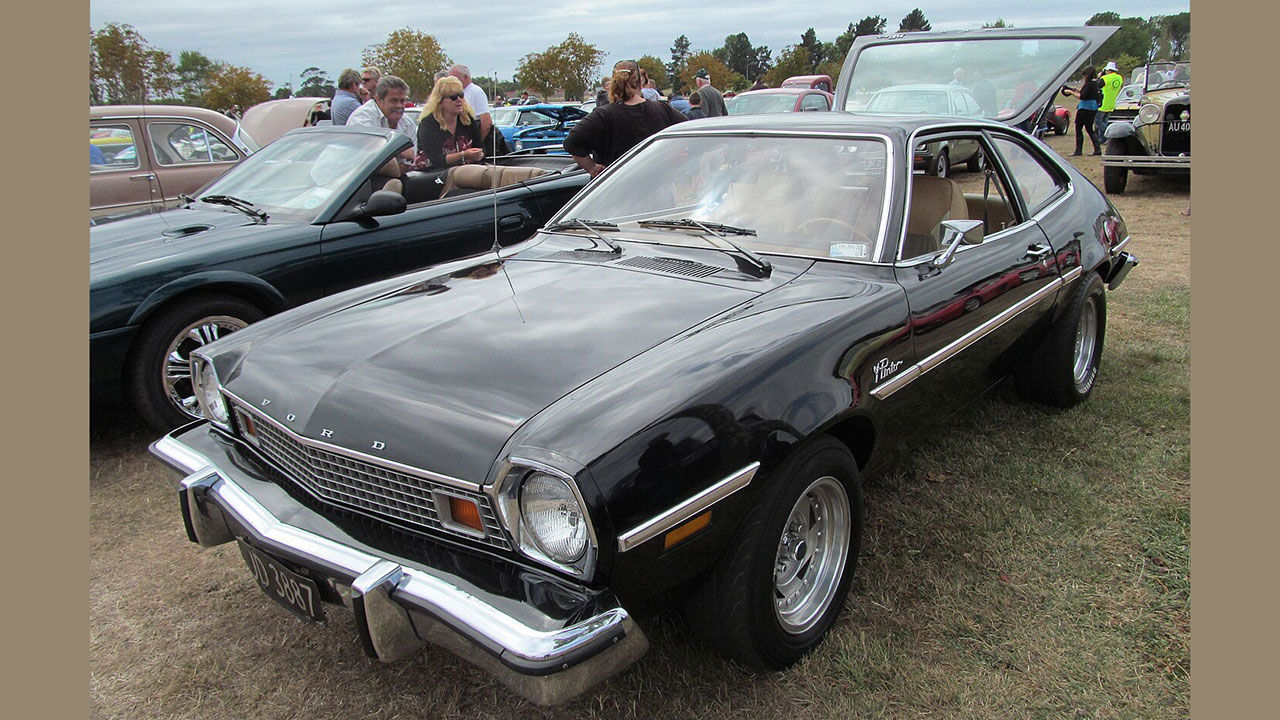
The Ford Pinto, produced from 1971 to 1980, is infamous for its controversial safety record. Designed to compete with imported subcompact cars, the Pinto was notorious for its vulnerability to fuel tank explosions in rear-end collisions. This safety issue led to a highly publicized recall and numerous lawsuits, tarnishing the car’s reputation.
Apart from its safety woes, the Pinto was criticized for its uninspired design and mediocre performance. Despite selling over three million units, the Pinto’s legacy is marred by its safety controversies rather than any positive attributes.
AMC Gremlin
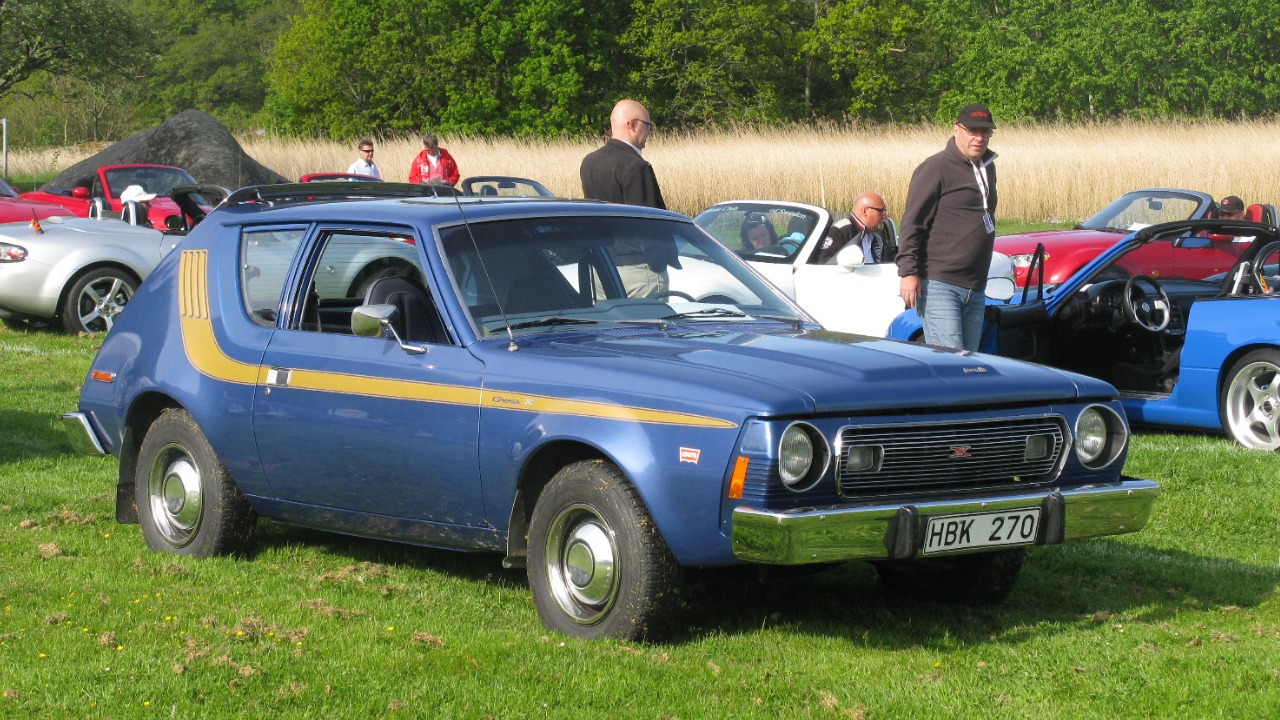
The AMC Gremlin, introduced in 1970, was one of the first American subcompact cars. Its unique, stubby design was polarizing, with some finding it quirky and others simply unattractive. The Gremlin’s small size and affordable price point were appealing, but its build quality and performance left much to be desired.
Though it offered a choice of engines, including a more potent V8, the Gremlin was plagued by reliability issues and lackluster handling. Despite these flaws, the Gremlin managed to maintain a loyal fan base, partly due to its distinctive look and historical significance as an early American compact car.
Chevrolet Vega
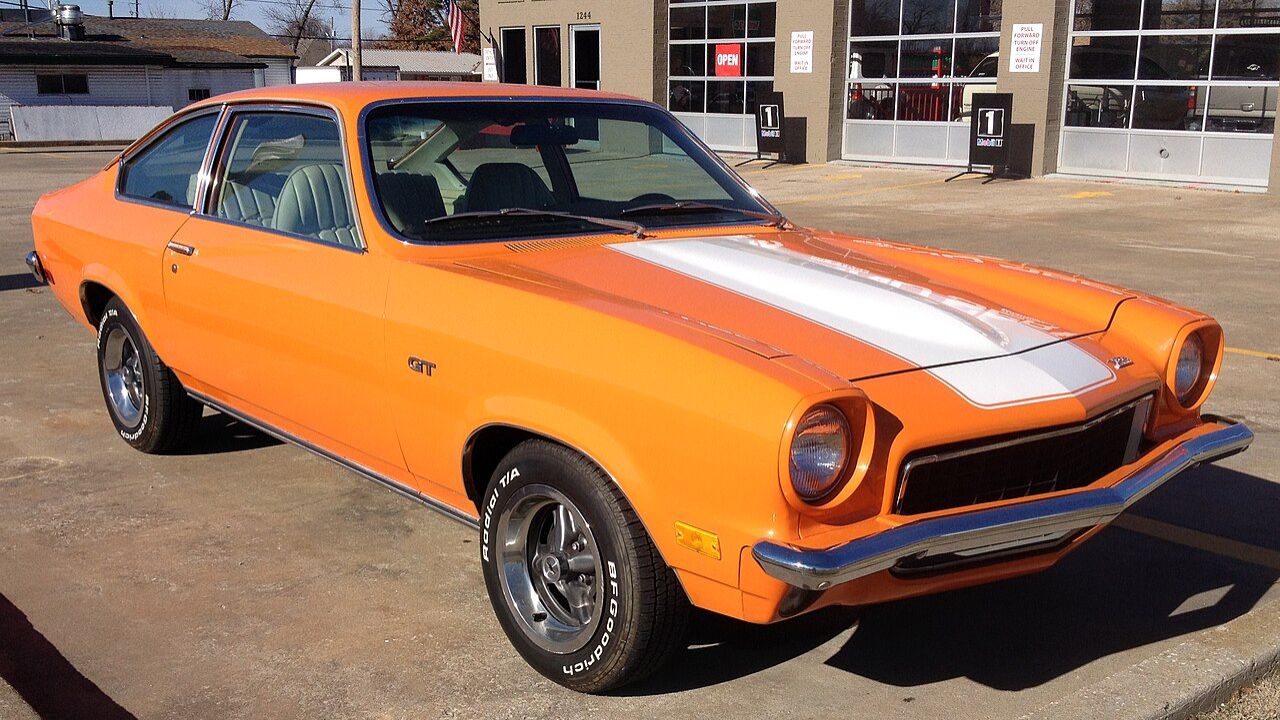
The Chevrolet Vega was introduced in 1970 with high expectations, but it quickly became synonymous with mechanical issues. The Vega’s aluminum engine block suffered from design flaws that led to overheating and poor durability. Rust issues were also rampant, with many vehicles experiencing significant corrosion within just a few years.
Despite initial praise for its styling and ride quality, the Vega’s reputation was irreparably damaged by these problems. GM attempted to address these issues with design revisions, but by then, the Vega’s image was beyond repair, and production ended in 1977.
Yugo GV
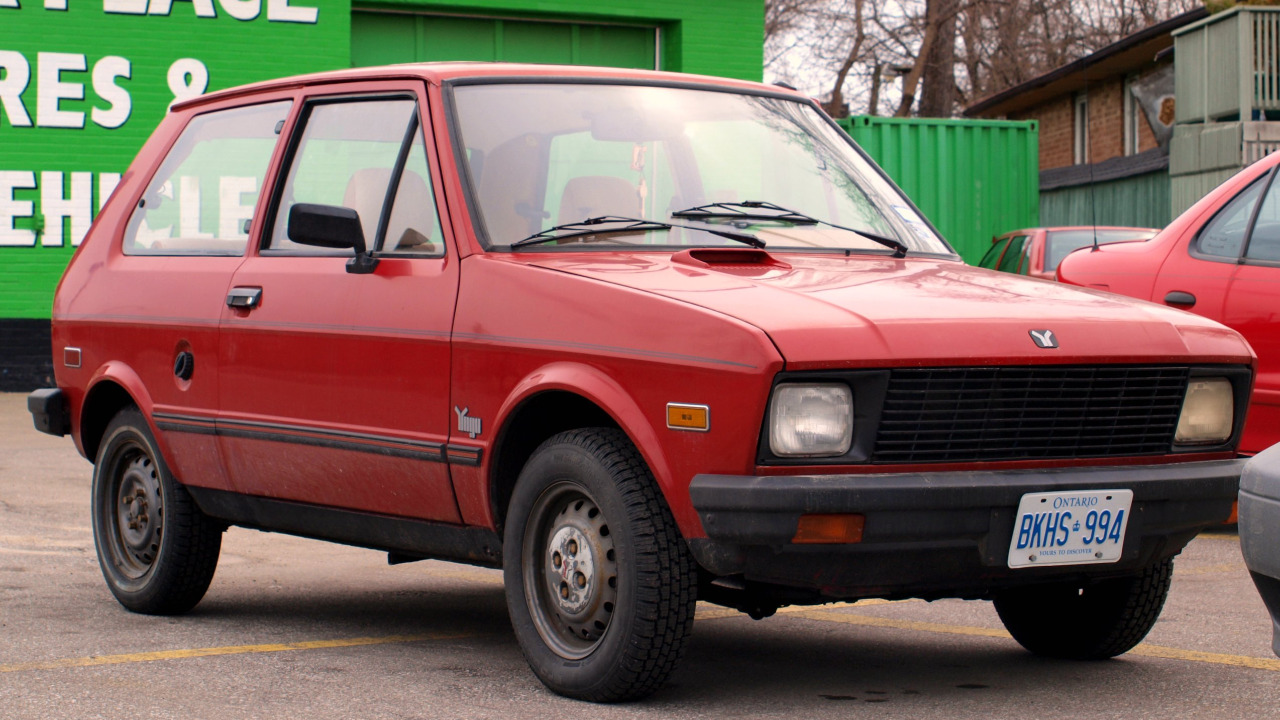
The Yugo GV, introduced to the U.S. market in the 1980s, was marketed as an affordable, entry-level car. However, its low price tag came with significant drawbacks. Built in the former Yugoslavia, the Yugo was plagued by poor build quality, frequent mechanical failures, and a lack of basic features.
Despite its appealing price, the Yugo GV’s reputation for unreliability and subpar performance overshadowed any perceived value. It became a symbol of low-quality imports, and production ceased in 1992 following the breakup of Yugoslavia and dwindling sales.
Triumph Stag
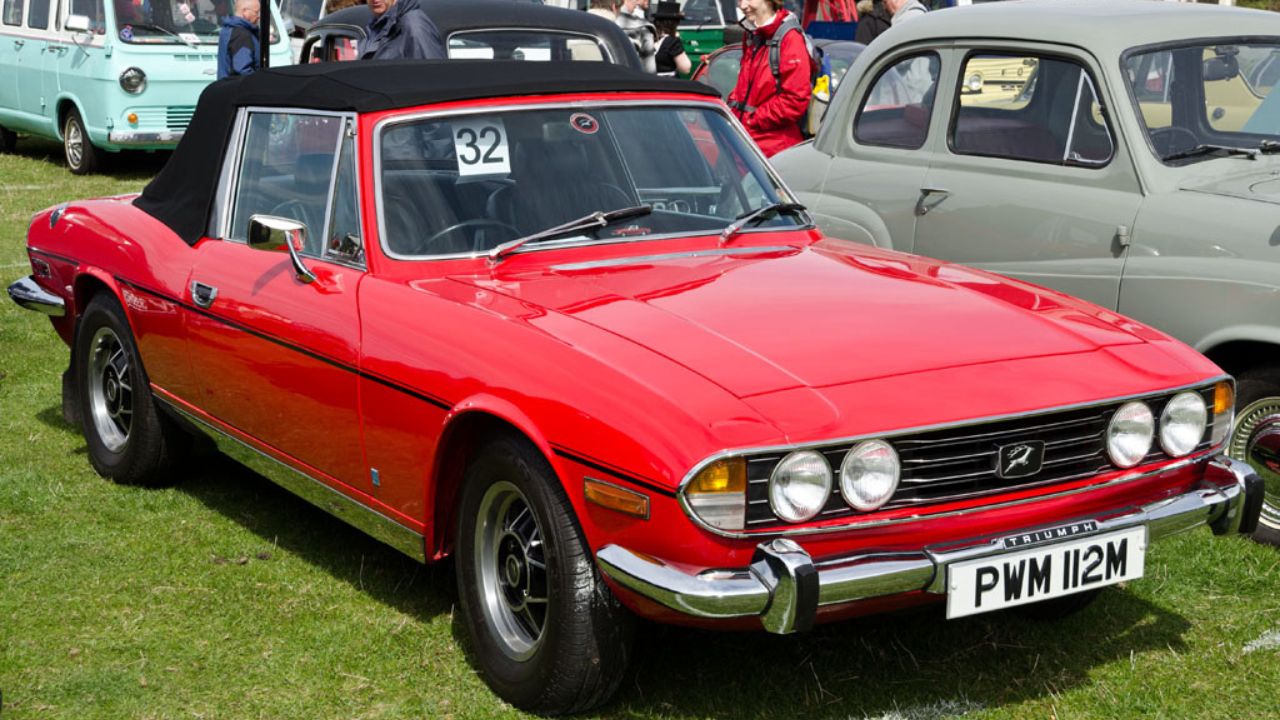
The Triumph Stag, produced from 1970 to 1978, was a stylish British grand tourer aimed at the luxury market. Unfortunately, its 3.0-liter V8 engine was notoriously unreliable, suffering from overheating and timing chain issues. These mechanical faults severely impacted the Stag’s reputation and sales.
Despite its elegant design and comfortable ride, the Triumph Stag’s mechanical problems overshadowed its appeal. Many owners resorted to replacing the original engine with more reliable alternatives, but by then, the damage to the Stag’s reputation was done.
Pontiac Fiero
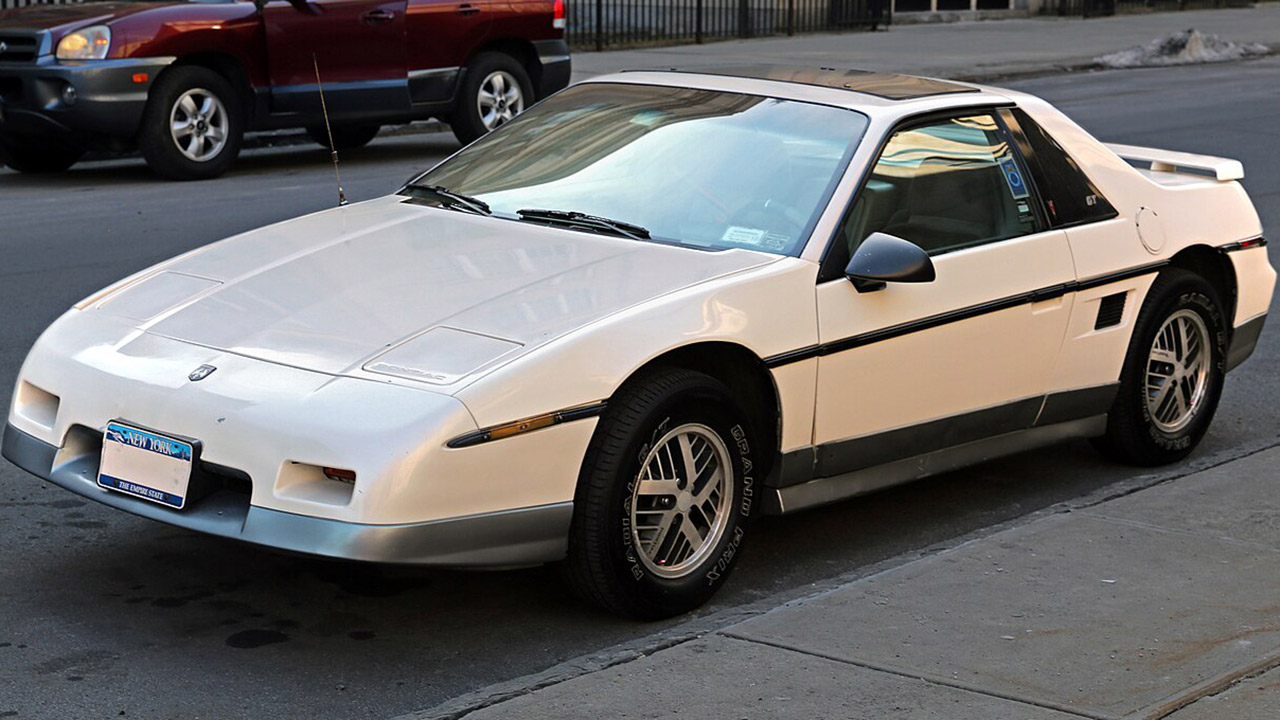
The Pontiac Fiero, produced from 1983 to 1988, was GM’s ambitious attempt at a mid-engine sports car. Although the Fiero boasted a sleek design and innovative engineering, early models were plagued by engine fires due to oil leaks and inadequate cooling systems.
Pontiac addressed these issues in later models, but the damage was already done. Sales suffered, and the Fiero’s reputation never fully recovered. Despite its potential and loyal fan base, the Fiero is often remembered more for its early problems than its later improvements.
Bricklin SV-1
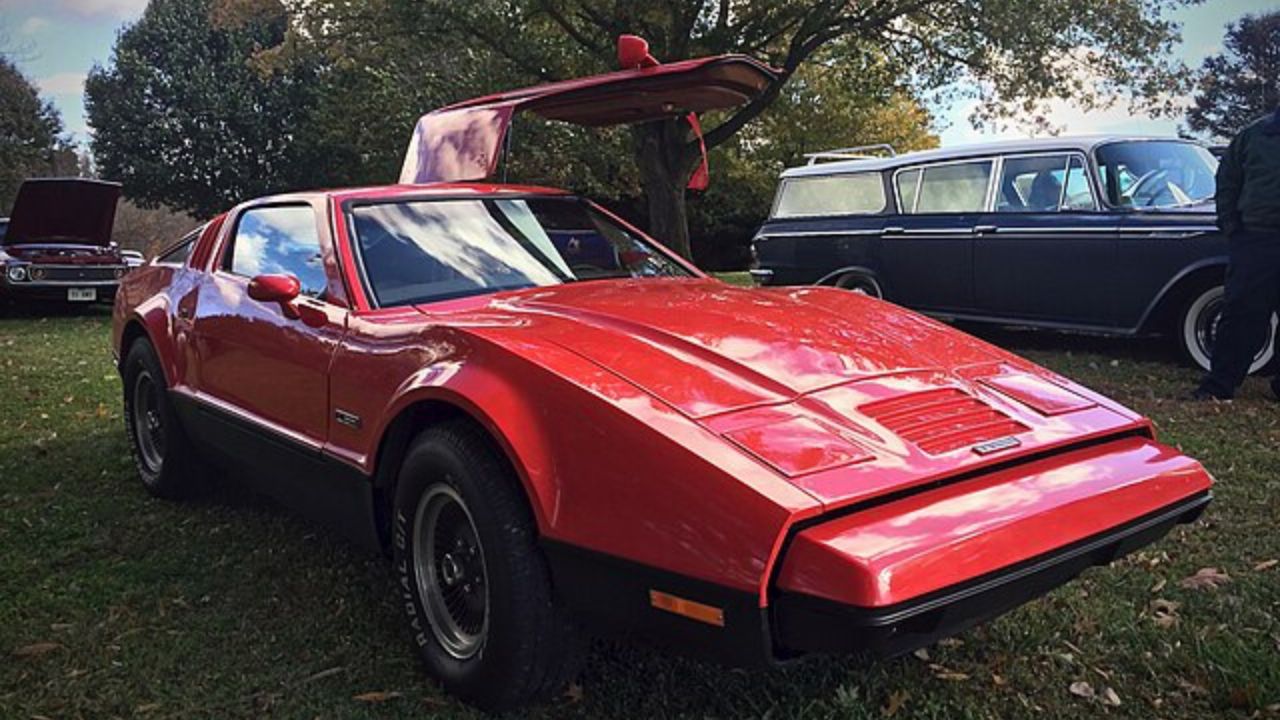
The Bricklin SV-1, produced from 1974 to 1975, was a Canadian sports car with a focus on safety. Its unique design featured gull-wing doors and an integrated roll cage. However, the SV-1 was plagued by production issues and quality control problems, leading to frequent breakdowns.
While its safety features were ahead of its time, the SV-1’s unreliable performance and high price tag deterred buyers. Only about 3,000 units were ever made, and the company went bankrupt shortly after production began, leaving the Bricklin as a rare but flawed piece of automotive history.
Cadillac Cimarron
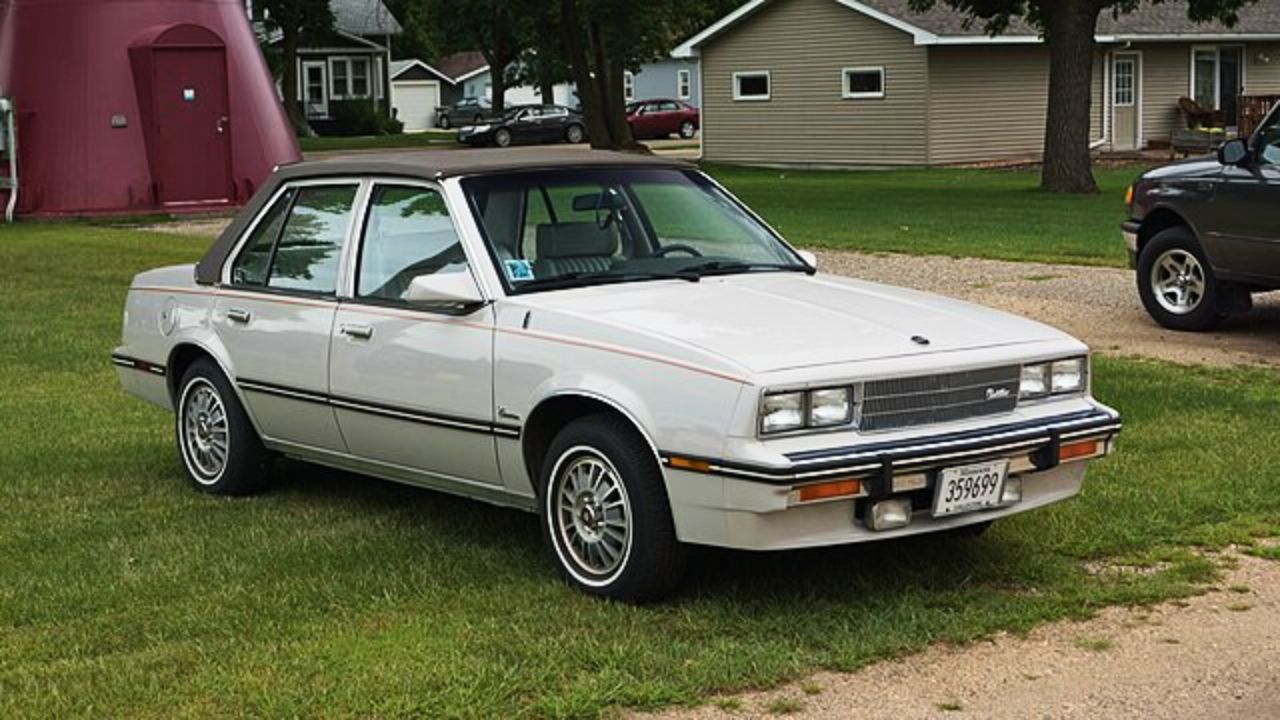
Introduced in 1982, the Cadillac Cimarron was an attempt by GM to enter the compact luxury car market. Unfortunately, the Cimarron was essentially a rebadged Chevrolet Cavalier, offering little to justify its premium price. Critics and consumers alike were disappointed by its lack of distinctive Cadillac features.
The Cimarron’s underwhelming performance and uninspired design failed to resonate with buyers, and it struggled to compete with European luxury compacts. Production ended in 1988, and the Cimarron is often cited as a prime example of brand mismanagement.
Maserati Biturbo
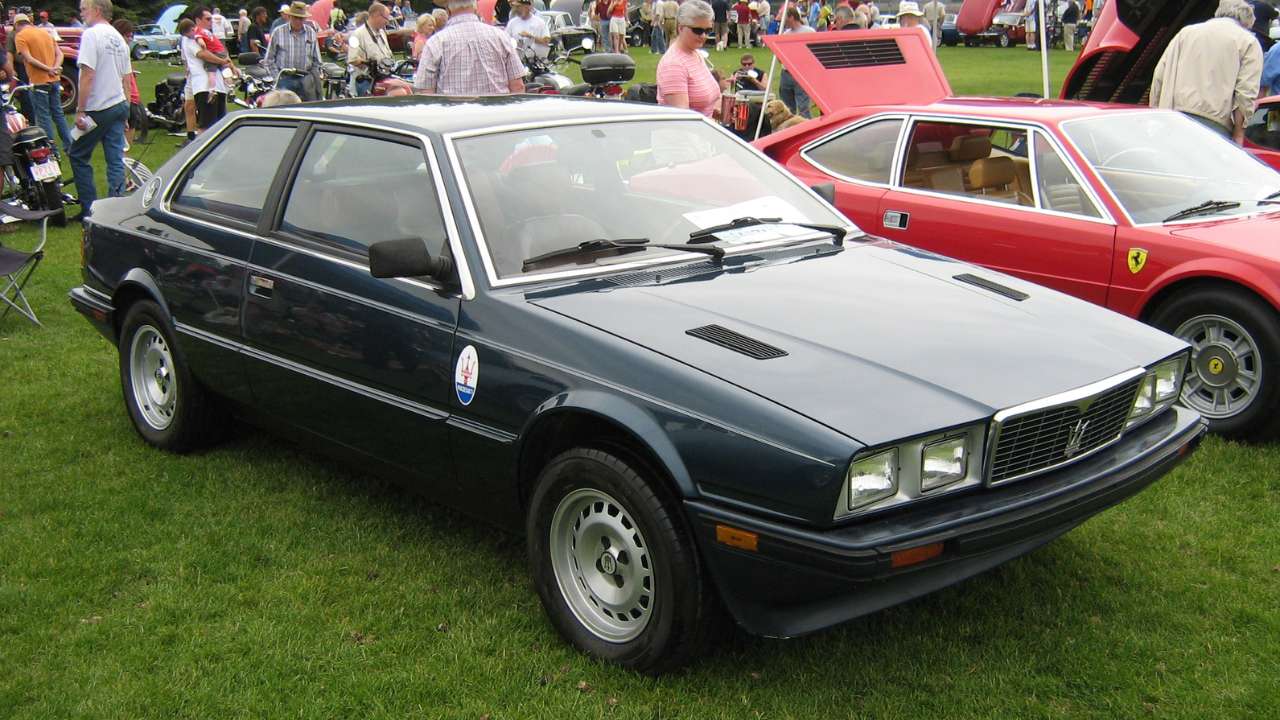
The Maserati Biturbo, launched in 1981, was designed to bring the luxury Italian brand to a wider audience with a more affordable price. Unfortunately, the Biturbo was notorious for its reliability issues. Electrical problems, poor build quality, and frequent mechanical failures were common complaints among owners.
Despite its attractive design and potent turbocharged V6 engine, the Biturbo’s reputation was severely damaged by these persistent issues. Maserati made efforts to improve reliability in later models, but the Biturbo’s early problems left a lasting negative impression.
Like Fast Lane Only’s content? Be sure to follow us.
Here’s more from us:
*Created with AI assistance and editor review.

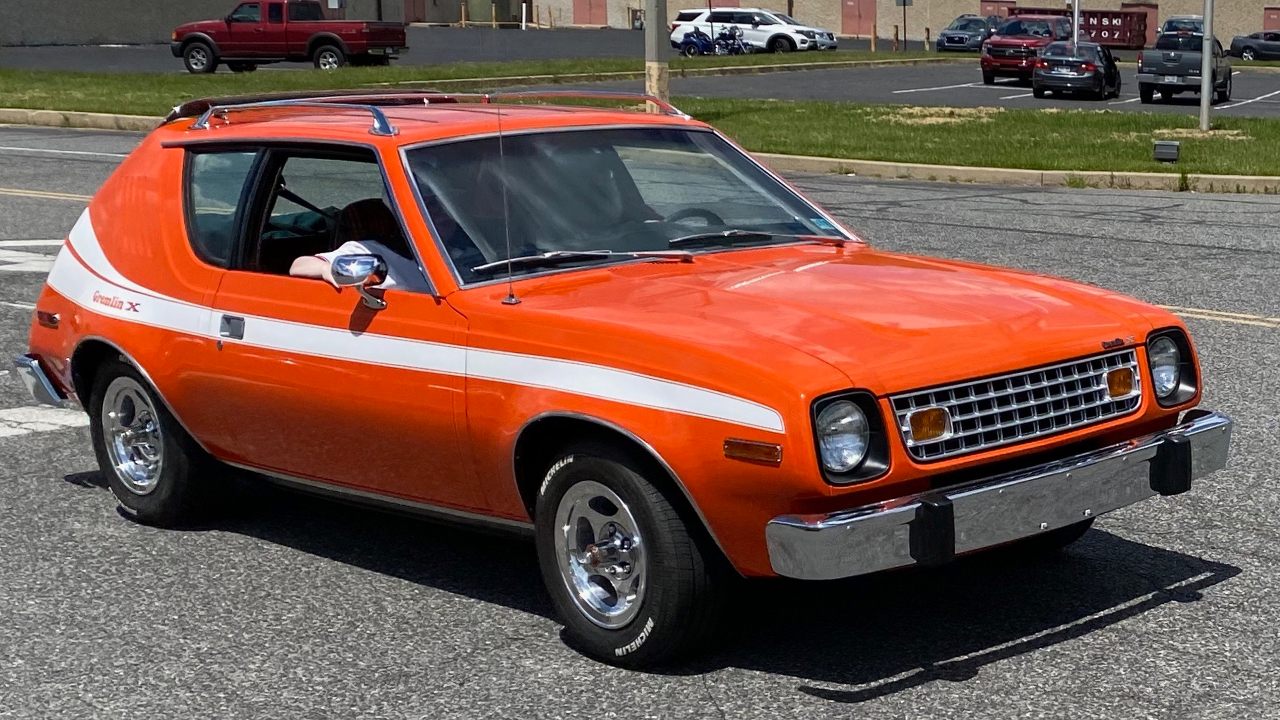

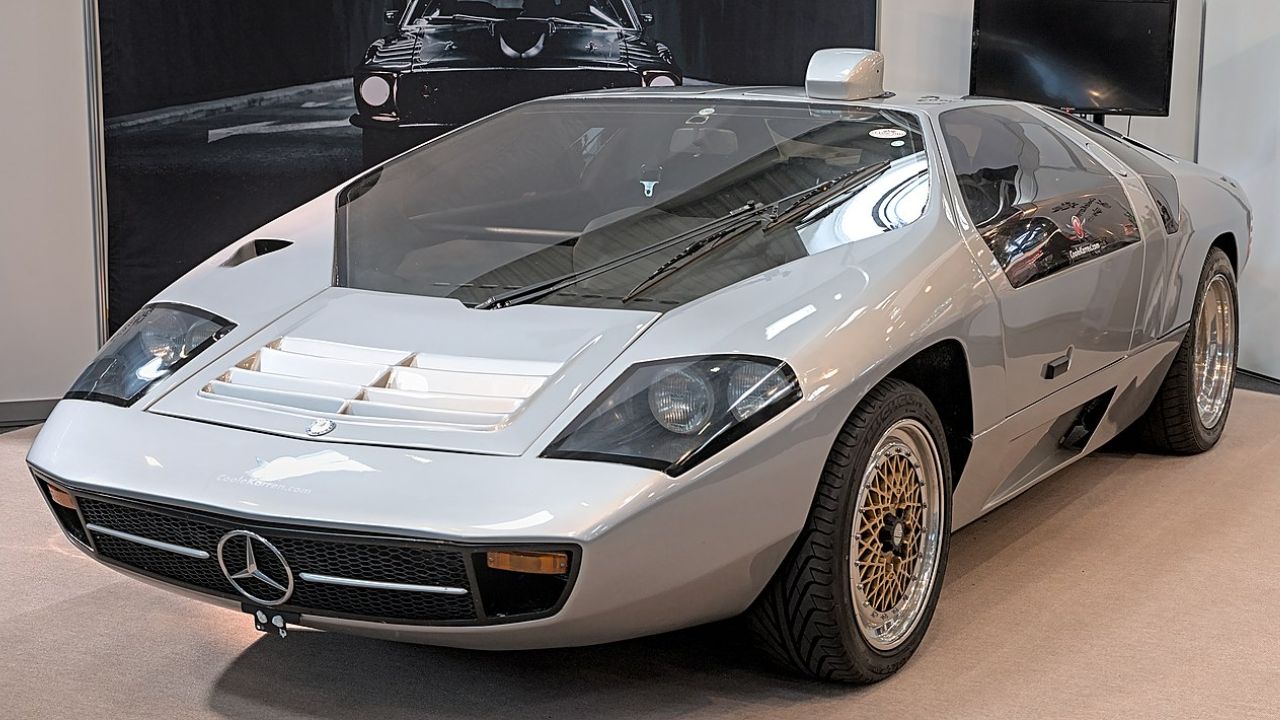
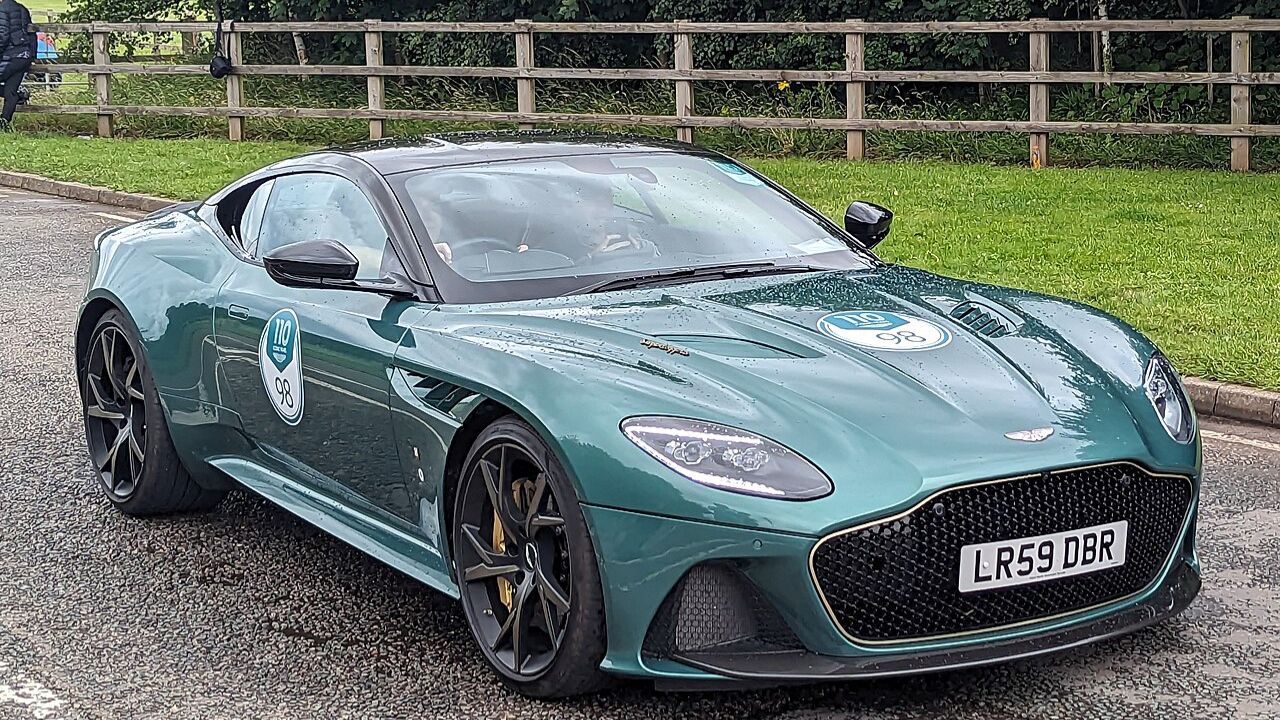
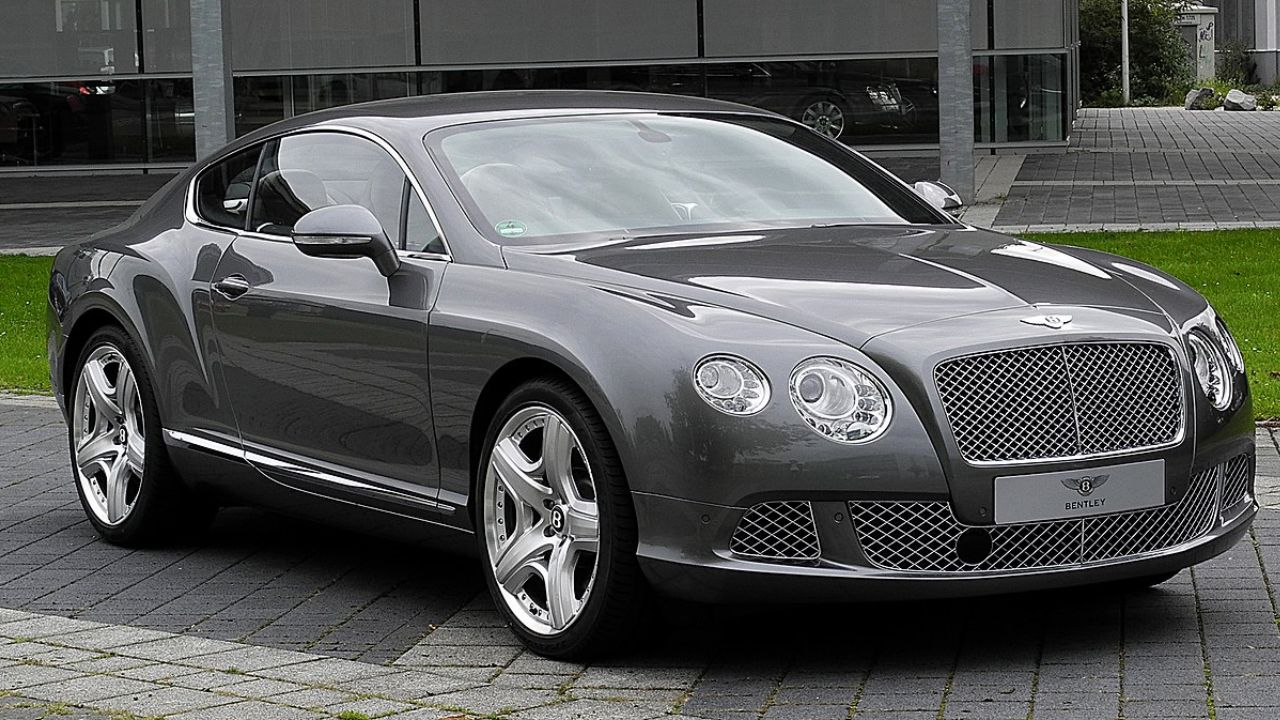
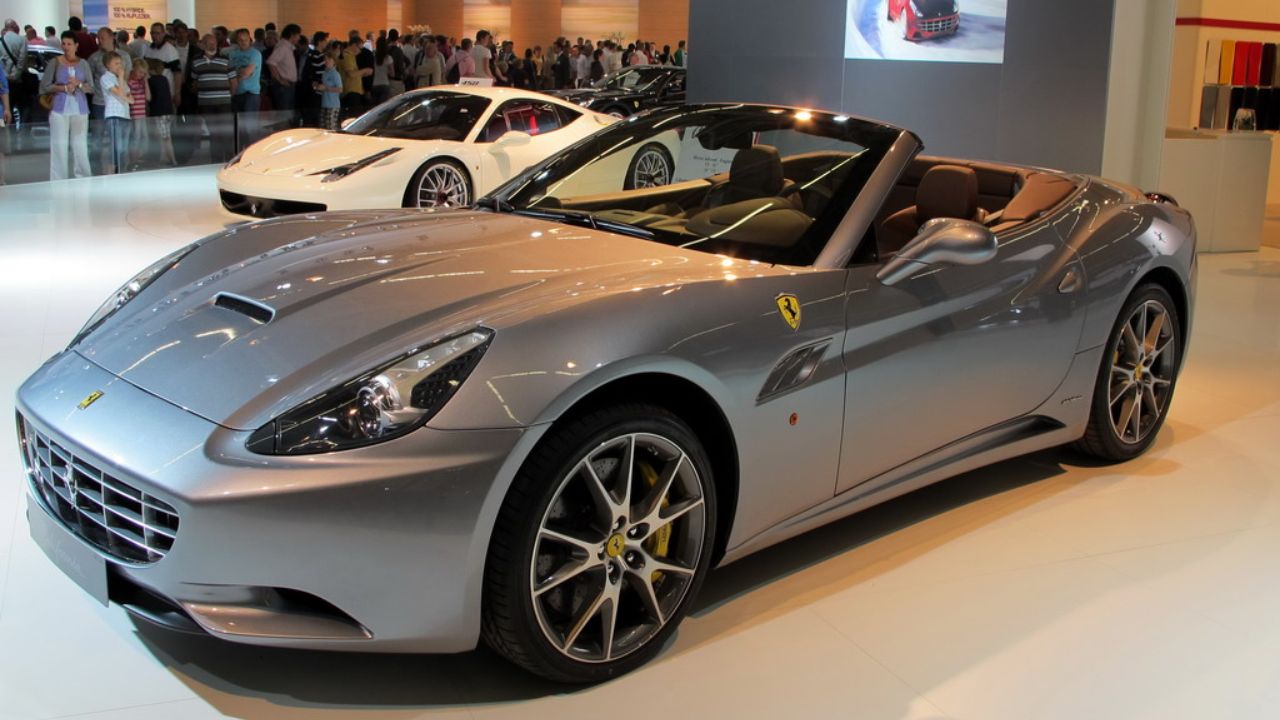
Leave a Reply